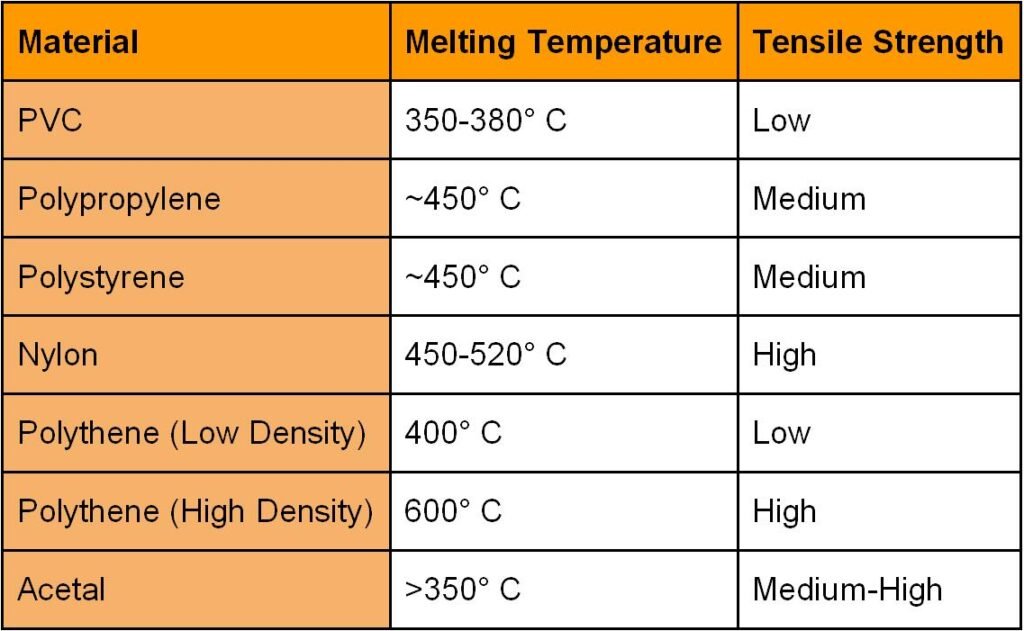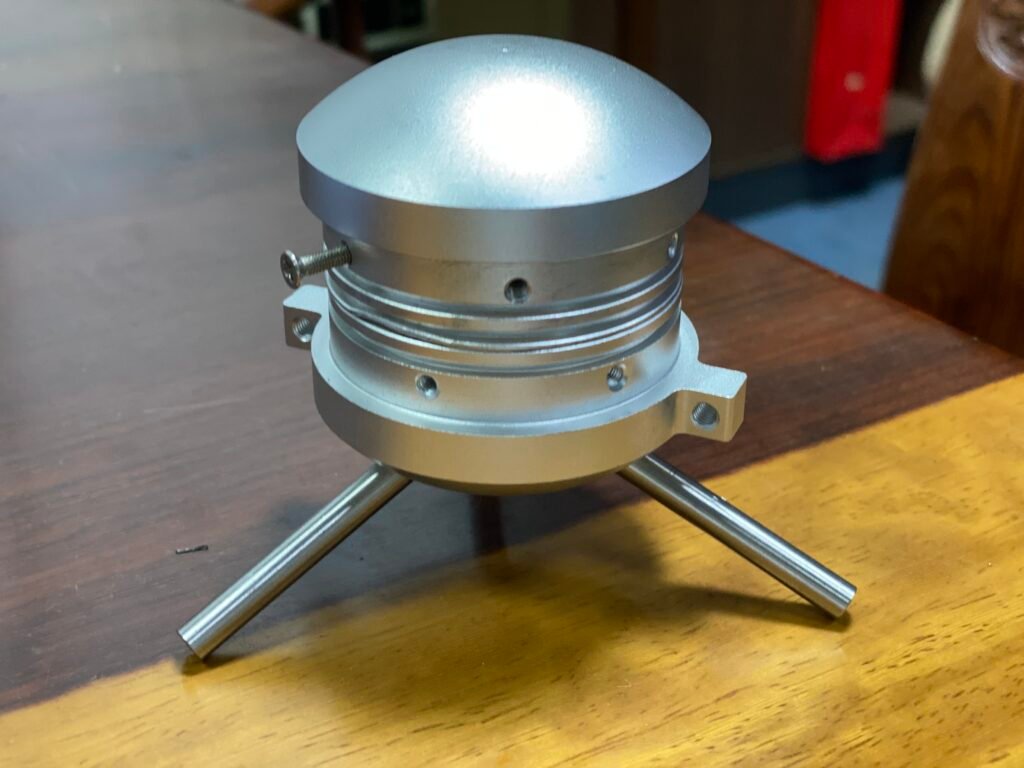Sheet metal is a flattened piece of metal that is used extensively in the electrical and manufacturing industry. Sheet metals can be made out of various metals or alloys such as aluminum, steel, copper, brass to name a few.
To make the best use out of sheet metal, they are fabricated using various cnc machining processes such as cutting, punching, welding and bending. Fabrication also helps to keep the manufacturing cost low, the quality of material great and production on a large scale.
Customizing a sheet metal helps to fulfill the objective of designing pieces of metal as per the desired industrial requirement. Since the designs are precise, they facilitate large-scale production with uniformity and without compromising on quality. The products made using these custom sheet metal designs can also be used at a later stage to modify or repair the existing product, thereby increasing longevity and minimizing loss.

Sheet Metal Customization Methods
QBH technology and other kinds of methods are used to customize the metal sheet as per the requirement.
Cutting
Cutting is one of the most basic methods to customize a metal sheet. Metals can be cut by sawing, shearing, using a high pressure water jet, etc to customize the sheet metal as per the specific requirement.
Bending
Bending is achieved by subjecting the metal sheet to hydraulic brakes that are set at certain angles. The metal sheet is then placed in the brakes and applied force to bend it at the specified angles.
Rolling
Rolling is either done using a hot-rolling process or a cold-rolling process. The hot-rolling method is used to create thin metal sheets whereas the cold-rolling method is used to make thick metal sheets.
Welding
Welding is an important method to customize a metal sheet. Once the desired shape is attained, welding helps to retain that shape of the metal so that it does not get deformed.
Shrinking and Stretching
Shrinking is done to smoothen out the edges and other irregularities in the shape of the metal. Stretching on the other hand is done to stretch a metal sheet and get the desired shape.
Fastening
Holding tools like nuts, screws, etc are used to hold the metal sheet tightly during the customization process.
Hydroforming
Hydroforming is a method in which the metal sheet is subjected to high pressure fluid to give it the desired shape.
Punching
Punching is done to give the metal sheet a uniform shape throughout and remove any holes in the sheet.
Assembling
Assembling is often the last step of customization and is achieved by welding, binding and bending to get the desired outcome.

How Custom Sheet Metal Increases Profit?
Be it the automotive industry, electrical industry, utility industry, medical industry, or even agricultural industry for that matter, companies often prefer a custom metal sheet that perfectly suits their production requirement. Sheet metal can be cut, punched, bent, stamped, welded, rolled, cnc machined, drilled to get the customized output.
A custom metal sheet helps them to scale up production at a low cost as there are fewer to no manufacturing challenges and the output is precise. Furthermore, companies can keep being innovative and create better designs as they know they can completely rely on custom sheet metal to replicate the designs.
Durability
Choosing the right kind of metal and giving it the right thickness, a customized sheet of metal increases the lifespan of the parts to a great extent. Add to that the property of metal sheets being corrosion, heat and rust-free and you get more out of your products than the set target. A great reason to shift to a custom sheet metal approach.
Fewer Limitations More Productivity
There is no limit or restrictions when it comes to customizing a metal sheet as per the design requirement. The entire process of customization through cutting, drilling, welding, etc takes less time thus enabling a higher rate of production at a low cost. Furthermore, this can be achieved using any kind of metal thus providing the company’s flexibility to choose from the metal suiting their manufacturing requirement.
Faster Turnaround Time
With the usage of QBH technology and other automation tools such as cnc machining, it is now possible to customize sheet metals with great precision in less time. This feature enables companies to roll out products quickly into the market and meet the growing demands of their customers.
Ease of Transport
Custom-made sheet metals can be customized in such a way that their weight is less as compared to a non-customized metal sheet. This option makes it easier to transport such metal sheets.
High Precision
The process of customizing a metal sheet can be streamlined to get the same output again and again with great accuracy and precision to suit the specific requirements of the industry. Thus companies no longer need to remain stuck with standard designs, instead, they can use custom designs and meet the market requirements at ease.

Easy Repair
More often than not, after say, 10 years or so old equipment tends to become of no use. This does not hold true for custom sheet metals since they can be easily re-engineered and be of use again. The old custom sheet metals can also be easily recycled thus they are environmentally friendly.
So in totality, adapting to using custom sheet metals is not at all a complex process. It is very much viable and makes absolute sense, now that all the cnc machining tools and other automotive methods are in place. The shift to custom metal sheets will give you the flexibility and the license to go for the kill and carry out large scale production that is bound to give you great benefits and greater results.
Thus, those companies looking to bring their production in line with the market demands, those who wish to innovate in terms of design, those who want to be a leader in the manufacturing space and bring new efficient products into the markets should definitely shift to custom sheet metal to meet all their production goals and increase their profit.











